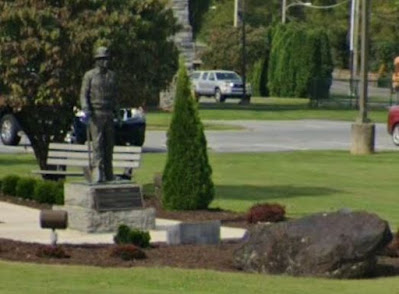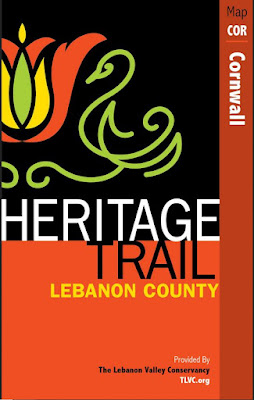"The Communities of Cornwall Across Time"

If you are interested in Cornwall Borough history, you must avail yourself of a wonderful book series called "The Communities of Cornwall Across Time." So far authors Michael A. Trump and L. Susan Wentzel have published two volumes in the four-volume series, with the gracious editorial assistance from Kathy J. Donaldson and Karin Mitchell. Book 1 contains "An Historic Tour: Burd Coleman, Cornwall Center, Minersvillage," 124 pages of fascinating photographs and descriptive stories of the villages, historic houses, railroads and local industry. Just one example is a pictorial history of the Cornwall Ore Bank "Loading Pocket" building that was recently demolished. Book 2 is "An Historic Tour: Cornwall Manor, Grubb, Coleman, Freeman, Buckingham Estate." It is an exhaustive 193-page pictorial history of the family and buildings in the late 19th century and up through the 20th century story of present-day Cornwall Manor. The large 8.5 x 11 form...



